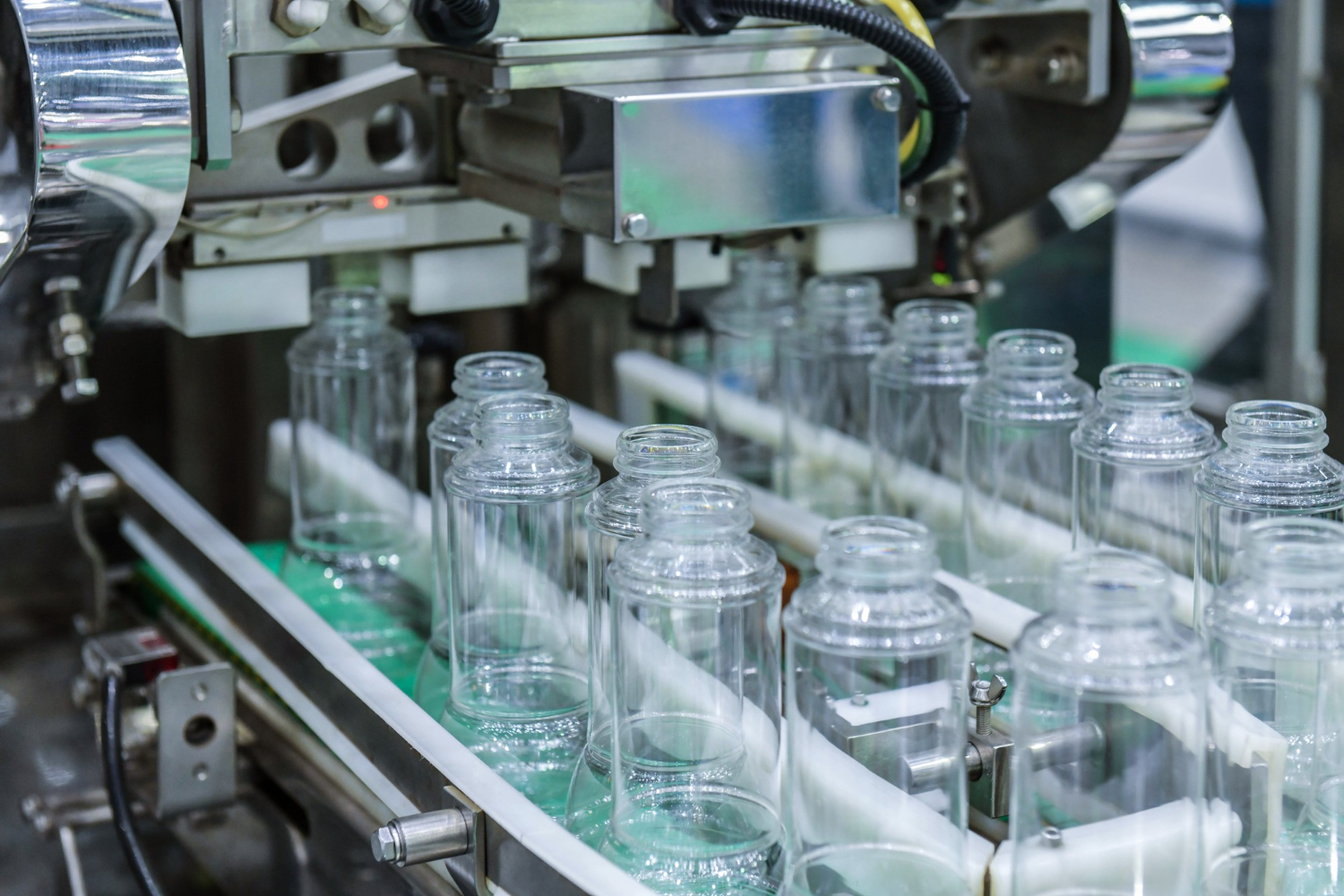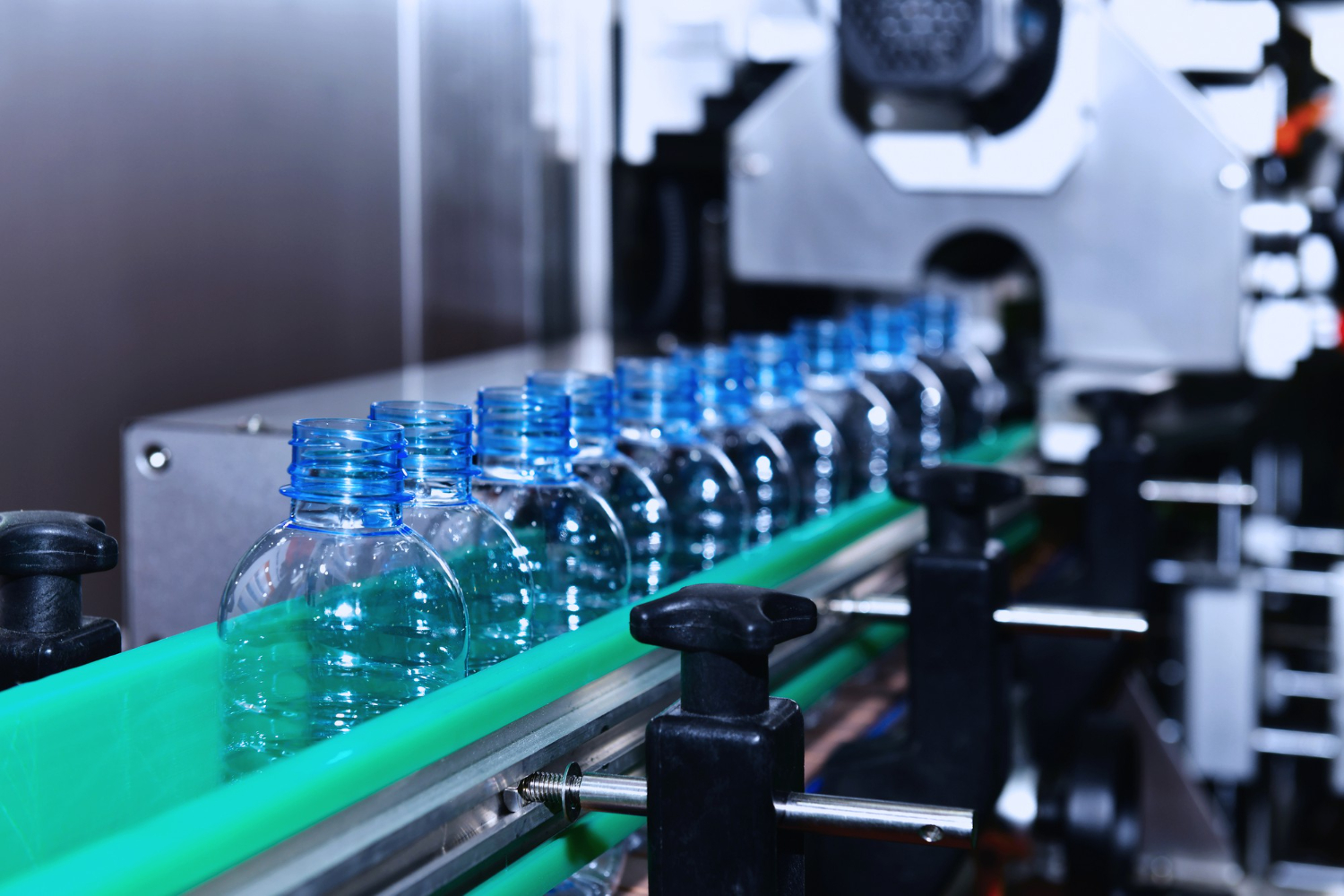The bottled water industry in the Middle East continues to grow rapidly due to high temperatures, tourist demand, and health awareness. As the market expands, so does the need for smart and sustainable packaging. Consumers now expect bottles that are not only convenient and safe but also kind to the environment.
At the same time, governments across the region, especially in the United Arab Emirates and Saudi Arabia, are encouraging companies to reduce plastic waste and support green policies. Bottled water brands must now think beyond appearance and cost. They must choose packaging solutions that are light, strong, recyclable, and ready for future regulations.
In this blog, we explore the best packaging options for bottled water companies in the Middle East and how these choices can help improve brand image, reduce costs, and support the environment.
Why Packaging Matters in the Bottled Water Business
Packaging plays a major role in the bottled water market. It protects the product, keeps it fresh, and makes it easier to transport and store. But in today’s world, packaging must also support sustainability. Customers, retailers, and regulators now ask where packaging comes from, how it is made, and what happens after use.
In a hot climate like the Middle East, packaging must also survive extreme temperatures during transport and storage. That is why choosing the right packaging material and design is essential for long term success.
PET Bottles: Still the Industry Standard
Why PET Is Popular
PET, or polyethylene terephthalate, is the most commonly used plastic for bottled water. It is light, strong, clear, and does not react with water. It is also easy to mold into different shapes and sizes. Most importantly, PET is fully recyclable when collected and sorted properly.
Benefits for Middle East Brands
In the Middle East, PET is widely available and accepted by local bottling plants and retailers. It handles heat well, protects water from outside elements, and reduces shipping costs due to its low weight.
PET also supports printing and label design, which helps brands stand out on crowded shelves. When used correctly, PET packaging can meet both business and environmental goals.
Bio Based PET: A Greener Alternative
What It Is
Bio based PET is made from natural materials like sugarcane or corn instead of oil. The result is a bottle that performs the same as regular PET but has a smaller carbon footprint.
Why It Works in the Region
Bio based PET is a smart option for bottled water brands in the Middle East that want to show leadership in sustainability. It allows companies to offer green packaging without changing machines or filling lines. This makes it easy to adopt while improving brand image and reducing emissions.
Lightweight Bottles: Less Plastic, Lower Costs
What It Means
Lightweighting means reducing the amount of plastic in each bottle without affecting strength or quality. This is done through better design, smaller caps, and improved bottle shapes.
Advantages for Middle East Logistics
Bottled water is often moved across long distances in hot weather. Lighter bottles mean lower transport costs and fewer emissions. They also use less raw material, which lowers costs and helps meet green packaging goals.
Recycled PET (rPET): Closing the Loop
What Is rPET
rPET is made by recycling used PET bottles and turning them into new ones. It helps reduce waste and cuts the need for fresh plastic.
Regional Challenges and Progress
Some Middle Eastern countries are still building recycling systems, but interest in rPET is growing fast. Governments and private companies are working together to improve collection and sorting. Bottled water brands can help by using a portion of rPET in their bottles, supporting recycling efforts, and reducing their environmental footprint.
Smart Packaging and Digital Watermarks
What Are Smart Labels
Smart packaging includes invisible watermarks or digital codes that tell recycling machines what material the bottle is made of. These labels improve sorting and recycling success rates.
Why It Matters in the Middle East
Smart cities like Dubai and Riyadh are leading the way in digital transformation. Bottled water brands can support this vision by adding smart packaging that helps reduce waste and increases the amount of PET recovered for reuse.
Glass Bottles for Premium Water
When to Use Glass
Glass is not used often for mass market water, but it is popular in high end restaurants, hotels, and health spas. Glass gives a luxury feel and is completely reusable or recyclable.
UAE and Gulf Trends
In cities like Dubai and Doha, premium water brands offer glass bottles to guests in five star hotels or events. Glass is also being explored in refill programs and wellness centers.
Boxed Water and Pouches: New Options
What They Are
Some companies now offer water in paper cartons or flexible pouches. These options use less plastic and are often easier to store and ship.
Pros and Cons in the Middle East
These formats are not yet common in the region but are gaining attention. They can be useful for small servings, kids’ products, or short term events. However, brands should check if the materials can be collected and recycled locally before making the switch.
Choosing the Right Closure and Label
Small Details, Big Impact
The bottle cap and label also affect sustainability. Lightweight caps use less plastic. Labels made from recyclable or plant based material reduce contamination in recycling.
Using smaller, washable, or sleeve-free labels helps the bottle get sorted correctly. These small changes can improve recycling rates and reduce waste.
Packaging Compliance and Eco Regulations in the Middle East
Many countries in the region are now setting clear rules for plastic use. Saudi Arabia has banned non biodegradable bags. The UAE is moving towards extended producer responsibility, which means brands may have to track and manage the waste from their products.
Bottled water brands must stay updated on these rules. Choosing packaging that meets future laws will save time and money later.
What Bottled Water Brands Should Do Now
To lead in the Middle East water market, brands must plan for sustainable packaging today. Here are five steps to start:
- Use PET or bio based PET for everyday use
- Explore lighter bottles to reduce material and cost
- Add recycled content to support local recycling
- Try smart labels or watermarks for better tracking
- Offer glass bottles for premium markets
These solutions help bottled water companies protect the environment, reduce cost, and improve customer trust.
FAQs
PET is the most reliable material for hot conditions. It is strong, light, and handles heat well.
Yes. It works just like standard PET in the recycling stream.
Yes, if it meets safety and quality standards. Many countries are updating rules to support recycled plastic.
They may cost more at first, but they improve sorting and recycling, which saves money in the long run.
Glass is good for premium water or places where reuse is possible, like hotels or spas.
Packaging That Keeps Water Pure and Business Strong
The bottled water industry in the Middle East is growing. But to stay ahead, companies must care about what is outside the bottle as much as what is inside. The best packaging solutions combine strength, safety, and sustainability.
From PET to bio based and recycled options, from lightweight designs to smart tracking, there are many ways to improve your packaging strategy. These choices help reduce waste, support green goals, and connect with customers who care about the planet.
Partner With Zenith for Smarter Water Packaging
Zenith helps bottled water brands across the Middle East choose the right packaging for success. We offer design, supply, and strategy support to improve sustainability, reduce cost, and meet regional rules. Contact us today to begin building a smarter, greener future for your brand.




